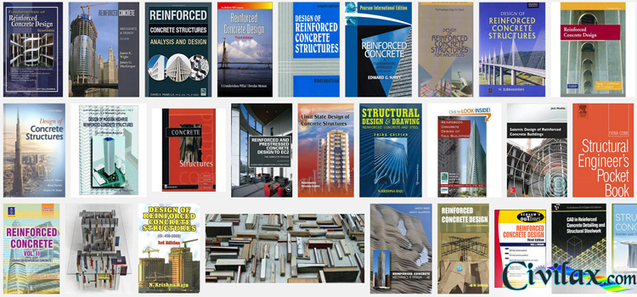Foundation Design Wayne C Teng Pdf Converter


I've been looking for a reference as to how to determine the max soil pressure for a footing that has moments in both directions, but only has partial bearing. The moment in one direction would the load in the kern (if it were the only moment), and the moment in the other direction would put the load outside the kern. I can't find a reference on this in my foundations book, and I could go through the math of it (but that would take a REALLY long time, and I honestly don't want to spend an entire day to figure it out), but I figured someone else has to have done this before. My first inclination was to take the max pressure of the moment causing partial bearing and adding that to the max pressure caused by the full bearing (M/S), then I realized that I couldn't us the full S of the footing (for the smaller moment) because the whole footing isn't in bearing anymore. I tried estimating the amount of the footing that would be in bearing and using that S.
That would get me close, but I'm really trying to be exact because I'm evaluating a program. The line of zero bearing stress is not perpendicular to either edge of the footing because of the moments in both directions, but again, I don't know how to address this without a day-long geometry session. RE: footing with biaxial moment (Structural) 28 Jan 09 09:37. As a first approximation, calculate the resultant moment acting on the footing, i.e. The vector sum of the two moments. Assume the line of zero pressure occurs parallel to the resultant moment (using the right hand rule).
Take an educated guess where the zero pressure line is and determine whether the resulting stress block satisfies both load and moment. Rhythmic Training Robert Starer Pdf Creator. Modify the position of the zero pressure line until load and moment are approximately satisfied. Then check the moment normal to the resultant vector. If it is not zero, modify the direction of the zero pressure line until it is close enough.
Best regards, BA RE: footing with biaxial moment (Structural) 28 Jan 09 17:17. From personal experience, here are my views: 1. As suggested by MSQUARED48, avoid the situation to the best you can. As JLNJ pointed out, use FEM with compression only spring. Download Free Outkast Aquemini Rarlab. For personal satisfaction, you can write your own spreadsheet program assuming the footing and soil both are linear elastic (linear stresses).
The difficult part is once a corner has developed negative pressure (uplift), the bearing area is reduced, and the new bearing area/neutral axes need to be found, its properties re-calculated (quite mathematically challenging), and load redistributed. The iteration process stops when the footing is fully in bearing. RE: footing with biaxial moment (Structural). There still seems to be something wrong with the results you guys are getting. First of all, a 10'x10'x2' footing weighs approximately 30 kips. I don't know what you mean by 'an appropriate DL factor' but, for the sake of the problem, let us say that: P = 20k Mx = 88k-ft Assume that My = 0 for now. The eccentricity in the x direction is 88/20 = 4.4', so for a 10'x10' footing, the effective length of bearing on the soil is (5 - 4.4)3 = 1.8' and the effective width is 10'.